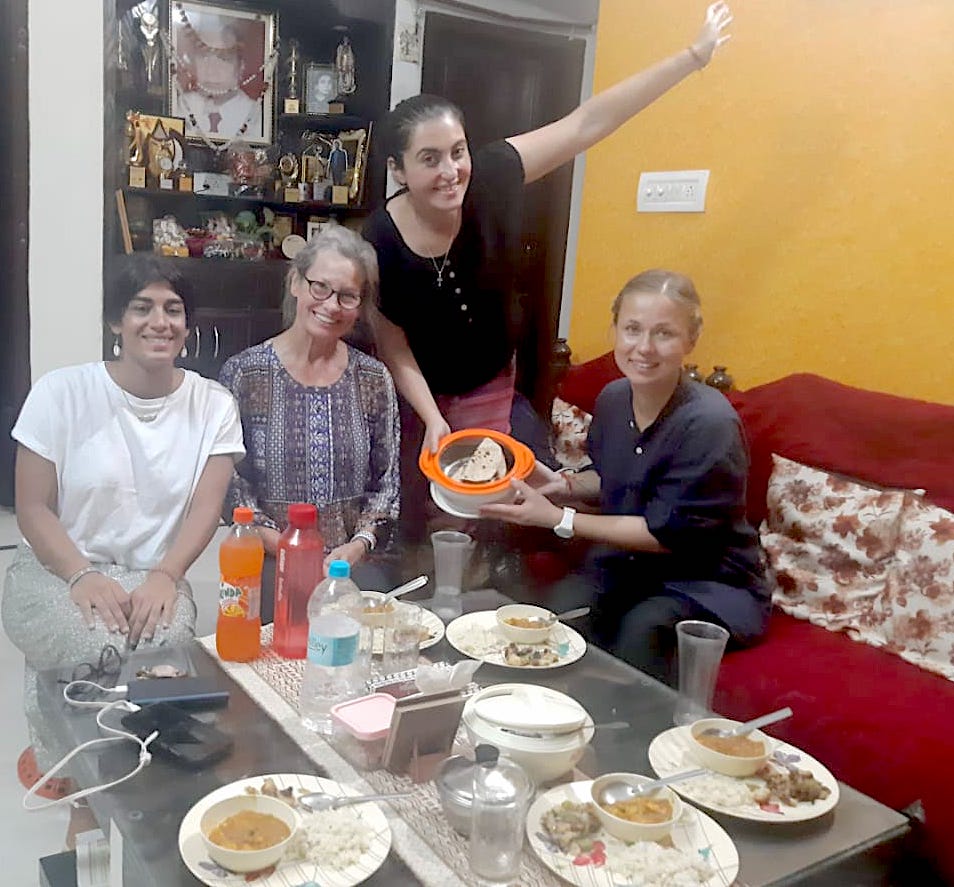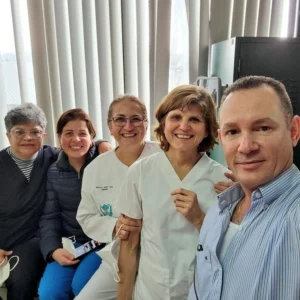Discover the ultimate guide to volunteering in India with A Broader View, including popular destinations like Jaipur, Udaipur, Agra, and Pushkar, program offerings, safety, and cultural insights.
Introduction: Embark on a life-changing journey by volunteering in India with A Broader View (www.abroaderview.org). Experience the vibrant culture of cities like Jaipur, Udaipur, Agra, and Pushkar while making a lasting impact on local communities. In this comprehensive guide, we’ll dive into the attractions, programs, application process, and unique cultural experiences that await you in each city.

The Beauty and Significance of Jaipur, Udaipur, Agra, and Pushkar:
- Jaipur: Known as the “Pink City,” Jaipur is a bustling metropolis filled with history, magnificent architecture, and bustling markets.
- Udaipur: Dubbed the “City of Lakes,” Udaipur is renowned for its picturesque lakes, palaces, and vibrant art scene.
- Agra: Home to the iconic Taj Mahal, Agra is a must-visit destination for its rich history, architectural wonders, and friendly locals.
- Pushkar: A tranquil and spiritual town, Pushkar is famous for its sacred lake, camel fairs, and Hindu pilgrimage sites.
Programs Offered by A Broader View: A Broader View offers a wide range of volunteer programs in India, such as teaching English, supporting women’s empowerment, working with orphans, and providing healthcare services. Discover the right program for you by exploring the program pages for each city: Jaipur, Udaipur, Agra, and Pushkar.
Arriving in India: Fly into the main airports for each city: Jaipur International Airport, Maharana Pratap Airport (Udaipur), Agra Airport, or Kishangarh Airport (Pushkar). A Broader View will arrange transportation to your accommodations.
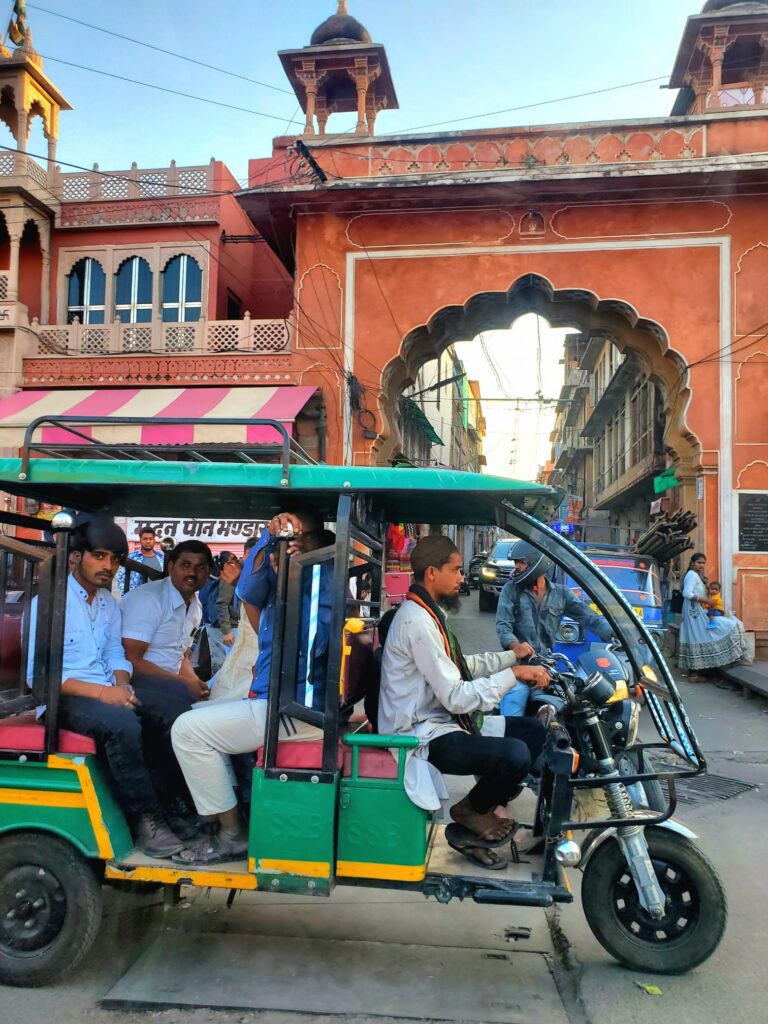
Application Process and Fundraising:
- How to Apply: The application process is simple and straightforward. Submit your application online and wait for approval from A Broader View.
- Fundraising: Utilize A Broader View’s platform to create a fundraising campaign and raise funds for your volunteer trip.
Experiencing India: Best Tours, Meals, and Cultural Insights:
- Here are six tours near Jaipur that you can consider for a memorable experience:
- Amer Fort and Palace Tour: Located around 11 km from Jaipur, Amer Fort is a magnificent hilltop fort and palace complex. You can take a guided tour to explore the fort’s history, architecture, and beautiful artwork, including the Sheesh Mahal (Mirror Palace) and Diwan-e-Aam (Hall of Public Audience). Enjoy an elephant ride to the fort or visit in the evening for the enchanting light and sound show.
- Ranthambore National Park Safari: Approximately 160 km from Jaipur, Ranthambore National Park is one of India’s premier wildlife destinations. A guided safari tour will take you through the park’s deciduous forests to spot Bengal tigers, leopards, sloth bears, and various bird species. The park also houses the historic Ranthambore Fort, a UNESCO World Heritage Site.
- Abhaneri Stepwell and Harshat Mata Temple: About 95 km from Jaipur, the ancient village of Abhaneri is home to Chand Baori, one of the largest and most visually stunning stepwells in India. A guided tour will provide insights into the stepwell’s history and architectural marvels. Nearby, the Harshat Mata Temple, dedicated to the goddess of joy, is worth visiting for its intricate carvings.
- Pushkar and Ajmer Tour: Located around 145 km from Jaipur, the twin cities of Pushkar and Ajmer offer a mix of spirituality and history. In Pushkar, explore the sacred Pushkar Lake, Brahma Temple, and the vibrant local market. Ajmer is home to the revered Ajmer Sharif Dargah, a Sufi shrine, and the magnificent Adhai Din Ka Jhonpra mosque.
- Sariska National Park and Palace Tour: About 110 km from Jaipur, Sariska National Park is another wildlife haven. Take a guided safari to spot tigers, leopards, and various bird species. The park also has ancient ruins, including the Kankwari Fort and ancient temples. The nearby Sariska Palace, a former royal hunting lodge, offers a glimpse into the region’s regal past.
- Bhangarh Fort Tour: Situated around 85 km from Jaipur, the Bhangarh Fort is a 17th-century fort known for its fascinating legends and supposed paranormal activity. A guided tour will take you through the fort’s mysterious history and impressive architecture. Please note that visiting the fort after sunset is prohibited due to its reputation as one of the most haunted places in India.
Best meals in India
- Dal Baati Churma: A quintessential Rajasthani dish, it consists of round wheat flour balls (baati) served with a spicy lentil curry (dal) and a sweet crumbled dessert (churma). The baati is typically cooked in a traditional oven or over an open fire, giving it a distinct smoky flavor.
- Ghevar: A traditional Rajasthani sweet dish, Ghevar is a round-shaped, disc-like cake made from all-purpose flour, sugar syrup, and ghee. It is often topped with rabri (sweetened condensed milk) and garnished with nuts, making it a delicious treat.
- Laal Maas: A fiery and spicy mutton curry, Laal Maas is a popular non-vegetarian dish from Rajasthan. It is made with tender pieces of mutton cooked in a rich red chili and yogurt-based gravy. Best enjoyed with rice or traditional Indian bread like roti or naan.
- Ker Sangri: A unique and traditional Rajasthani vegetarian dish, Ker Sangri is made from desert beans (ker) and berries (sangri) cooked with spices and yogurt. It is often served as a side dish with other Rajasthani delicacies.
- Kachori: A popular snack from Jaipur, kachori is a deep-fried pastry filled with a spiced mixture of moong dal (split green gram) or urad dal (split black gram). The two most famous varieties in Jaipur are Pyaaz Kachori (onion-stuffed kachori) and Mawa Kachori (sweet kachori filled with khoya, a type of condensed milk).
- Ghewar ki Sabzi: A unique dish from the region, Ghewar ki Sabzi is a curry made with cluster beans (ghewar) cooked in a yogurt-based gravy with spices. The tangy and spicy flavors make it a perfect accompaniment to roti or rice.
3. Safety and Security: A Broader View ensures volunteer safety through orientation, support from local coordinators, and careful selection of accommodations and host families.
- Living with a Host Family: Experience authentic Indian culture by living with a host family, who will provide a warm, welcoming environment and valuable cultural insights.
- Volunteer Testimonials: Read random reviews from volunteers who have participated in A Broader View programs in India.
Packing, Weather, and Local Customs:
- What to Pack: Bring essentials like comfortable clothing, toiletries, a first aid kit, and a reusable water bottle. Don’t forget culturally appropriate attire for visiting religious sites.
- Weather: India experiences diverse weather conditions, with hot summers, cool winters, and monsoon seasons. Research the climate for your destination and pack accordingly.
- Local Customs: Familiarize yourself with Indian customs, such as removing shoes when entering homes and temples, greeting with a namaste, and using your right hand for eating and giving/receiving items.
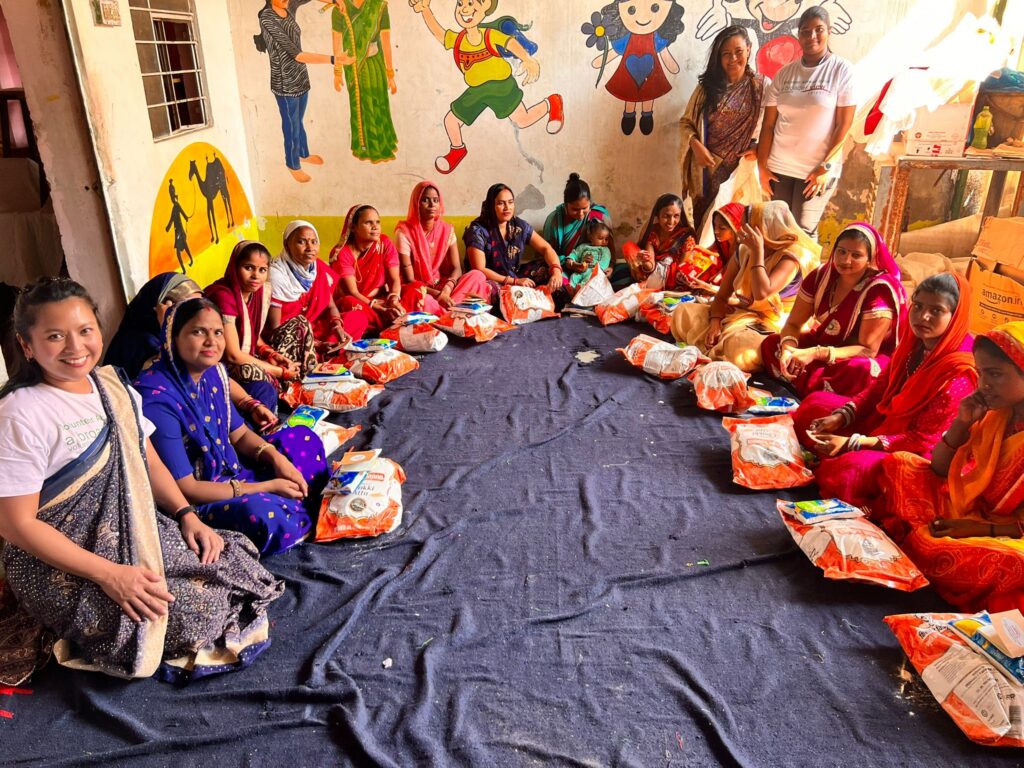
Celebrating Indian Holidays and Learning Local Slang:
- Here are ten popular Indian holidays along with their descriptions and approximate dates, as some of them follow the lunar calendar and their dates change every year:
- Diwali (Deepavali): Known as the Festival of Lights, Diwali celebrates the victory of light over darkness and good over evil. People decorate their homes with lamps and candles, burst fireworks, and exchange sweets and gifts. Diwali usually falls between mid-October and mid-November.
- Holi: The Festival of Colors, Holi, marks the arrival of spring and the victory of good over evil. People celebrate by throwing colored powders and water at each other, singing, and dancing. Holi usually occurs in March.
- Eid al-Fitr: Celebrated by Muslims worldwide, Eid al-Fitr marks the end of Ramadan, the Islamic holy month of fasting. People attend special prayers, give charity, and feast with family and friends. The date varies each year based on the Islamic lunar calendar, moving approximately 11 days earlier annually.
- Christmas: Celebrated on December 25th, Christmas commemorates the birth of Jesus Christ. Christians across India attend special church services, decorate homes with lights and nativity scenes, and exchange gifts with loved ones.
- Pongal: A four-day harvest festival celebrated in the southern state of Tamil Nadu, Pongal is usually observed in mid-January. People cook a special dish called Pongal, decorate their homes, and worship the sun and farm animals.
- Navratri: This Hindu festival spans nine nights and is dedicated to the worship of the goddess Durga. Navratri takes place twice a year, usually in March-April (Chaitra Navratri) and September-October (Sharad Navratri). People fast, pray, and participate in traditional dances called Garba and Dandiya.
- Ganesh Chaturthi: A 10-day festival honoring the birth of the Hindu god Ganesha, Ganesh Chaturthi typically falls between August and September. People install Ganesha idols in their homes or neighborhoods, offer prayers and sweets, and immerse the idols in water at the end of the festival.
- Raksha Bandhan: Celebrated in August, Raksha Bandhan is a festival honoring the bond between brothers and sisters. Sisters tie a protective thread called a rakhi around their brothers’ wrists, and the brothers promise to protect their sisters and offer gifts in return.
- Republic Day: Observed on January 26th, Republic Day commemorates the adoption of the Indian Constitution. The celebration includes a grand parade in the capital, New Delhi, showcasing India’s military strength, cultural diversity, and achievements.
- Independence Day: Celebrated on August 15th, Independence Day marks India’s freedom from British rule in 1947. The Prime Minister hoists the national flag at the Red Fort in New Delhi, followed by a speech, parades, and cultural programs across the country.
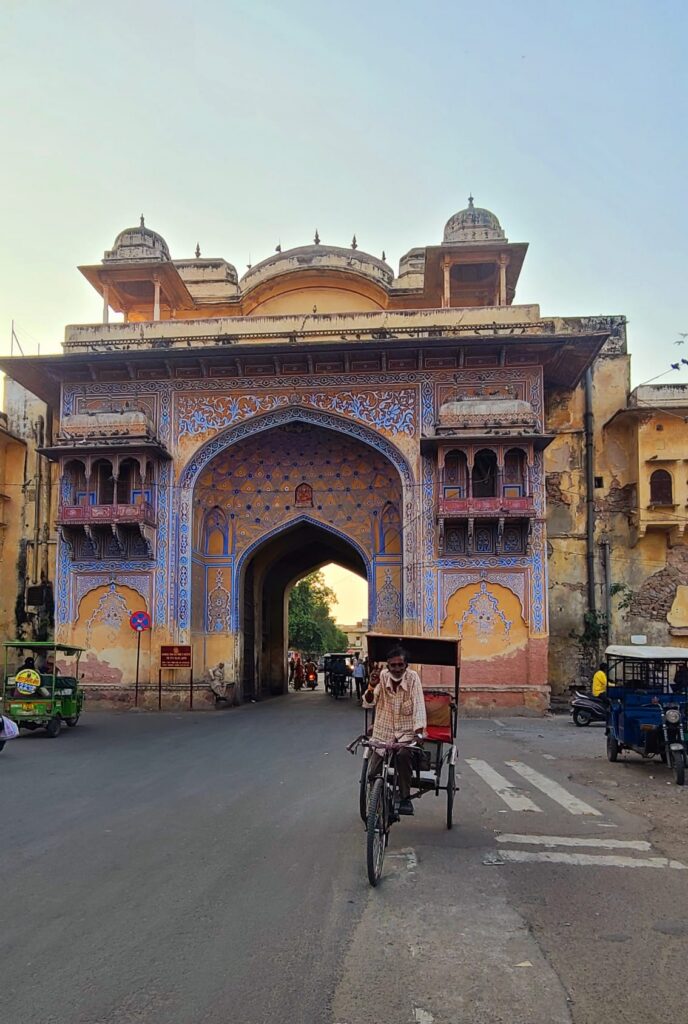
Here are ten common Hindi slang words and phrases that can help you navigate daily life and connect with locals:
- Mast (मस्त): An expression used to describe something as great, cool, or enjoyable. For example, “Yeh party mast hai!” (This party is great!).
- Chalta hai (चलता है): This phrase means “it’s okay” or “let it be.” It’s often used to show acceptance or to brush off something that’s not perfect.
- Jugaad (जुगाड़): Refers to a creative or innovative solution to a problem, often using limited resources. It can also be used to describe someone who is resourceful.
- Kya baat hai! (क्या बात है): A phrase used to express appreciation, admiration, or amazement. It translates to “What a thing!” or “Wow!”.
- Yaar (यार): A casual term for “friend” or “mate” used colloquially in conversation. It is also used as a filler word in sentences, similar to “dude” or “man” in English.
- Bhai (भाई): Literally means “brother” in Hindi but is often used as a slang term to address close male friends, regardless of their actual relationship.
- Fatafat (फटाफट): This word means “quickly” or “right away.” For example, “Fatafat karo!” (Do it quickly!).
- Pakka (पक्का): This word means “definitely” or “sure.” For example, “Main kal pakka aaunga” (I will definitely come tomorrow).
- Ghanta (घंटा): A slang term used to express disbelief, sarcasm, or disagreement. It translates to “bell” in English but is often used as an exclamation like “No way!” or “Yeah, right!”.
- Bindass (बिंदास): This word means “carefree,” “cool,” or “chilled out.” It is often used to describe someone who is laid back or enjoys life without worrying about consequences.
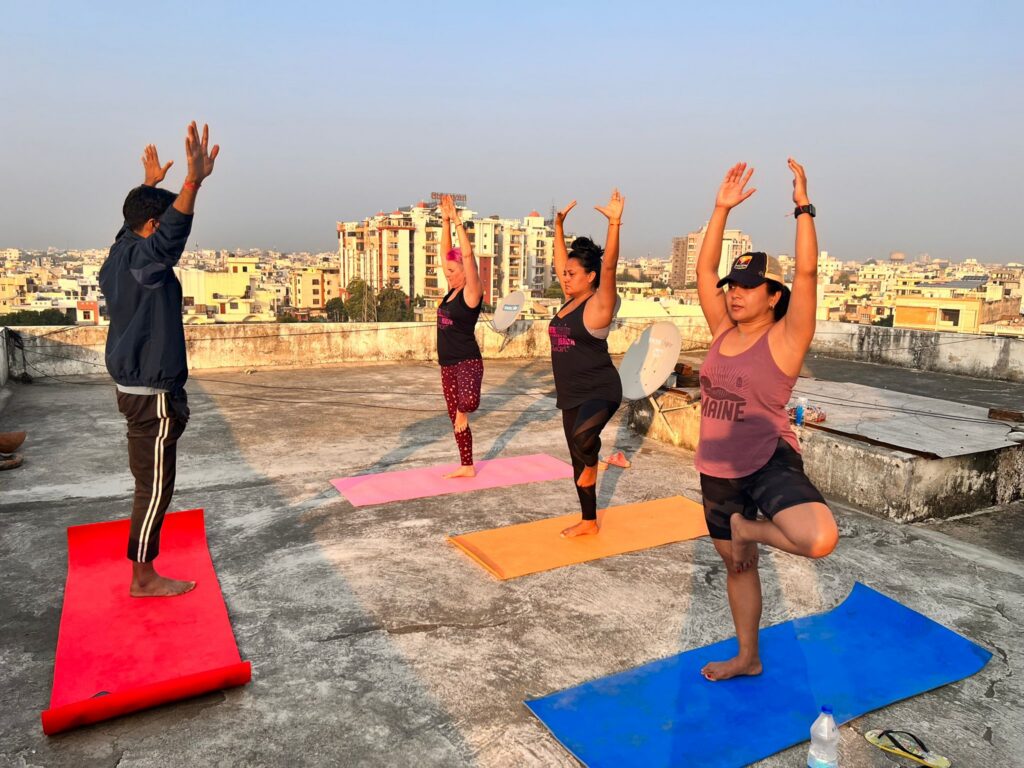
Remember, slang can be informal and may not be appropriate for use in all situations or with everyone. However, using these slang words and phrases can help you better understand casual conversations and connect with locals in a more friendly manner.
Explore A Broader View’s India country page and [program pages](https://www.abroaderview.org/volunteers/india/jaipur, https://www.abroaderview.org/volunteers/india/udaipur, https://www.abroaderview.org/volunteers/india/agra, https://www.abroaderview.org/volunteers/india/pushkar) to start planning your life-changing volunteer experience in India.
Other blogs:

